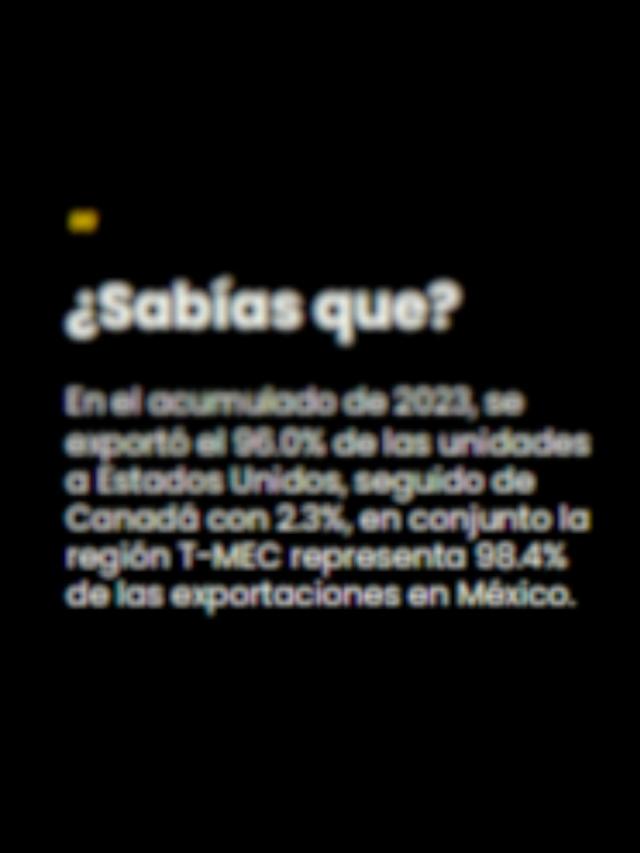 While some economies are slowing down, the border between Mexico and the United States continues to expand, keeping trade between the two countries moving and gaining momentum.
While some economies are slowing down, the border between Mexico and the United States continues to expand, keeping trade between the two countries moving and gaining momentum.
In March 2025, border crossings reached one of their best moments: according to data from the Bureau of Transportation Statistics (BTS) , total cross-border cargo between the United States and its North American partners reached a value of 144.8 billion dollars (billion dollars) , an increase of 8.4%compared to the same month of the previous year.
Of that figure, $77.3 billion corresponded to trade with Mexico, which grew a solid 13% compared to March 2024.
Where is this merchandise moving? Just look at the numbers to understand. Trucking remains the backbone of trade in North America, but it doesn’t stand alone. Other modes gain or lose ground depending on the month and context.
Trucking accounted for the vast majority: $94.2 billion , a 9.5% increase compared to March of last year. But it didn’t travel alone. Air transportsurprised with a 35.5% increase, reaching $6 billion .
Railroads fell slightly to $18.4 billion (-0.6%), as did maritime transport , which fell to $9.1 billion (-10.1%). Pipelines also moved $9.1 billion , a modest increase of 6.1 percent.
And if we focus on Mexico , the picture is that more than $55 billion was transported by road transport in both directions. This was followed by rail, maritime transport, air transport, and, far behind, pipelines. This is how the cargo was distributed between the two countries, mode by mode:
The products most transported by auto transport in the Mexico-US corridor were computers and auto parts (13.8 billion dollars) , electrical machinery (10.6 billion dollars) and vehicles and spare parts (6.9 billion dollars) .
Meanwhile, by rail , the value reached eight thousand 700 million dollars , led by the same products along with beverages and plastics .
The use of pipelines totaled $600 million , while maritime transport moved $6.4 billion , and air transport $3.3 billion .
In comparison, trade with Canada was $67.5 billion , with growth of 3.7% , with trucking also being the dominant mode, although to a lesser extent than with Mexico.

Another significant piece of data was the rebound in air transport , which recorded the highest percentage growth in the entire region, up 35.5% to reach $6 billion . In contrast, rail and sea shipments contracted slightly in March, falling 0.6% and 10.1% , respectively.
Comment and follow us on X: @GrupoT21















